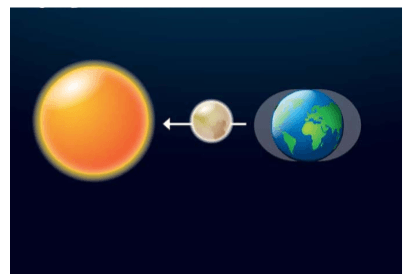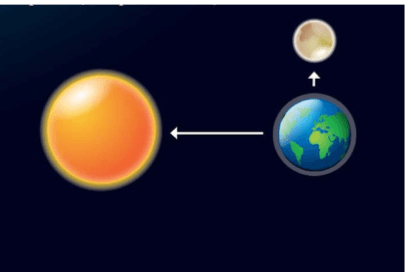Physics
Physics
Chemistry
What is wavelength?
The distance from peak to peak
This subatomic particle helps us to determine the atomic number and identity of an element.
Daily Double
What is a proton?
What are the small structures inside a cell called?
Organelles
What is the difference between weather and climate?
Weather=
Climate=
What causes the tides?
The gravitational pull of the Sun and Moon.
How are kinetic and potential energy different?
Kinetic = motion
Potential = stored energy
In your own words, explain how mass and weight are different.
Mass is how much matter. Weight is how hard gravity is pulling on something.
Explain how the muscular and skeletal systems related. Give at least 2 reasons.
They work together to:
1) Move the body
2) Protect the organs
The tectonic plates make up this layer of the Earth.
Daily Double
The lithosphere.
Identify the tide.

Spring Tide.
What is the word for the measurement of a wave from the resting line to the crest?
Amplitude
Define density in your own words.
How much mass is held in a certain volume of a substance OR how many particles are in a certain amount of a substance.
This organelle has one of the most important functions in a cell. It holds DNA which is what makes you have the traits you have.
Nucleus
Lake Ontario, one of the Great Lakes, usually receives heavy snowfall during the winter. Snow often falls after a cold air mass passes through the area. This air mass tends to be colder than the lake water.
Which of the following best explains why snow falls over the lake after the air mass passes over it?
A. The air mass pushes clouds over the lake, and snow falls from the clouds.
B. Snow falls when sinking air from the air mass is warmed by the lake water.
C. The air mass cools the surface of the lake, causing condensation to occur and snow to fall.
D.Snow falls from clouds that form when rising water vapor from the lake is cooled by the air mass and condenses.
D. Snow falls from clouds that form when rising water vapor from the lake is cooled by the air mass and condenses.
Identify the tide.

Neap Tide.
What type of energy is shown in this picture?
Potential or kinetic
What is kinetic?
Identify this substance as pure or mixture.

What is a Mixture?
EXPLAIN THIS: What is the role of the Vacuole? What does it do for plant cells?
Daily Double
The vacuole stores water, food, and waste. It adds structure to the plant cell AND provides extra water.
What process causes the tectonic plates to move? Explain how this works.
Convection currents. Explanations will vary.
What causes the seasons? What makes summer and winter different from space?
The Earth's tilt. Whoever is tilted toward the Sun has summer.
Which point has the most potential energy?
Point A
Balance the chemical equation below:
2H2O2 --> __H2O + __O2
Daily Double
2H2O2 --> 2H2O + O2
Describe the levels of biological organization. How do we get from cells to us?
Cell --> Tissue --> Organ --> Organ System --> Organism
What evidence do scientists use to prove that the continents have moved? (Hint: there are 3)
Climate, fossils, landforms.
This occurs when the moon passes between the Earth and the Sun.
A Solar Eclipse.

